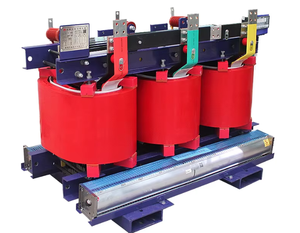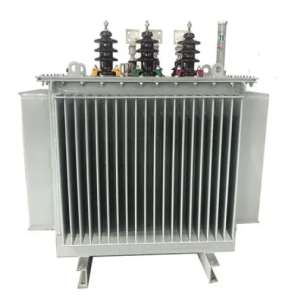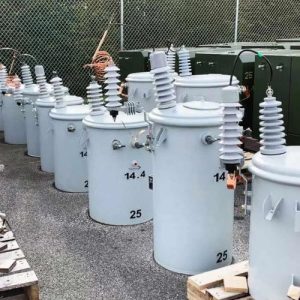Electronic Components Supplier | Transformers, Inductors, Inverters
Introduction
Transformers are essential components in electrical power systems, enabling efficient voltage regulation and electricity distribution. Among the various types, power transformers and distribution transformers play critical but distinct roles. Understanding their differences, applications, and functionalities can help industries, engineers, and energy professionals optimize electrical infrastructure.
What is a Power Transformer?
A power transformer is a high-capacity device used primarily in transmission networks to step up or step down voltage levels (typically between 33 kV to 400 kV or higher). These transformers operate at near-full load capacity and are designed for maximum efficiency at high voltages.
Key Features of Power Transformers:
-
High voltage handling (transmission-level voltages)
-
Large size and heavy insulation
-
Used in generating stations and substations
-
Operates at peak load efficiency
-
Lower frequency fluctuations (50/60 Hz)
What is a Distribution Transformer?
A distribution transformer is designed for the final voltage transformation in the electrical distribution network, supplying power to end-users at usable levels (typically 11 kV/415 V or 240 V). These transformers operate at lower loads and are optimized for consistent performance under varying demand.
Key Features of Distribution Transformers:
-
Lower voltage levels (below 33 kV)
-
Compact and lightweight design
-
Used in residential, commercial, and industrial power distribution
-
Designed for varying load conditions
-
Higher efficiency at partial loads
Key Differences Between Power and Distribution Transformers
| Parameter | Power Transformer | Distribution Transformer |
|---|---|---|
| Voltage Level | High (33 kV – 400 kV+) | Low (up to 33 kV) |
| Application | Transmission networks, substations | Local distribution, end-user supply |
| Load Capacity | Operates near full load | Operates at varying loads |
| Size & Insulation | Larger, heavily insulated | Compact, lighter construction |
| Efficiency | Optimized for high-load efficiency | Optimized for partial-load efficiency |
Applications in Electrical Networks
-
Power transformers are crucial for long-distance power transmission, reducing energy losses by stepping up voltage at generation stations and stepping down at substations.
-
Distribution transformers ensure safe voltage delivery to homes, factories, and businesses, maintaining stable power supply despite fluctuating demand.
Conclusion
While both power transformers and distribution transformers are vital for electricity networks, they serve different purposes. Power transformers handle high-voltage transmission, whereas distribution transformers deliver power efficiently to end-users. Understanding their roles helps in designing optimized power systems for reliability and cost-effectiveness.









